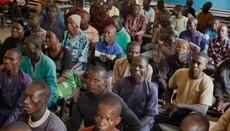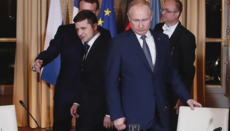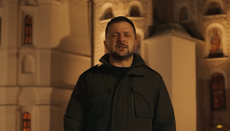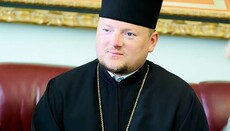Rector of KDAiS says why ROCOR experience irrelevant to Ukrainian schism
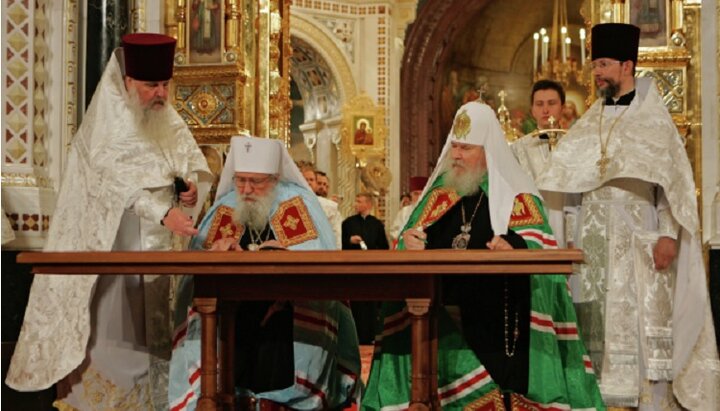
Bishop Sylvester spoke about three main differences between the ROCOR until 2007 and the OCU.
The rector of the Kyiv Theological Academy and Seminary (KDAiS), Bishop Sylvester of Bilohorodka, in his article “Bridging the Gap between the Moscow Patriarchate and the Russian Orthodox Church Outside of Russia as a False Analogy on the Issue of Ukrainian Schismatics” spoke about the main differences between the situations of bridging the ROC-ROCOR and the possible return of Ukrainian schismatics to the Church.
The first difference is that the schism in Ukraine arose after the unauthorized declarations of autocephaly, while ROCOR has always defended its belonging to the Russian Church.
“Church divisions in Ukraine in the late 1980s-1990s. were connected with unauthorized declarations of autocephaly, i.e. with separation from church communion of bishops, clergy and laity. Supporters of both the UAOC and the UOC-KP insisted in principle on breaking off relations with the Russian Church and proclaiming autocephaly without the consent of both the Russian Church and other Local Churches. As we have seen, ROCOR has never declared its autocephaly, insisting that it remains part of the Russian Church, which is forced to be in a "self-government" state,” writes Bishop Sylvester.
Secondly, the ROC and ROCOR have always recognized the legality of each other's ordinations.
“Various canonical reprisals were imposed on the clerics who fell into schism in Ukraine: bans from the priesthood, defrocking, and the former Metropolitan of Kyiv Filaret (Denisenko) was subjected to the highest measure of ecclesiastical punishment – excommunication (anathema). But the Moscow Patriarchate has never defrocked bishops and clerics of the ROCOR and excommunicated them from the Church... despite the break in relations, the parties did not deny the legality of each other's ordinations. Hierarchs ordained in the ROCOR were received into the Moscow Patriarchate in full dignity. They were recognized for those priestly degrees that they had received in the ROCOR. Therefore, in 2007, the restoration of communion took place without reordinations.”
Thirdly, all Local Churches up until 2018 were united in their non-recognition of Ukrainian schismatics, while canonical reprisals against the ROCOR were initially not recognised by a number of Local Churches.
“All canonical reprisals imposed on the hierarchs and clerics of the UOC-KP and UAOC by the Russian Orthodox Church were recognized in all Local Orthodox Churches. Neither the UAOC nor the UOC-KP had Eucharistic communion with any of the Local Churches. The situation with the ROCOR was completely different. Canonical bans imposed on foreign bishops by the Holy Synod headed by Met. Sergius were not recognized by other Local Churches. For example, Serbian Patriarch Barnabas already in 1934 directly wrote to Metropolitan Sergius that he considered these punishments illegal,” writes Bishop Sylvester.
The UOJ wrote that the analogy of the forgiveness of Ukrainian schismatics with the ROCOR case is a clear distortion.
